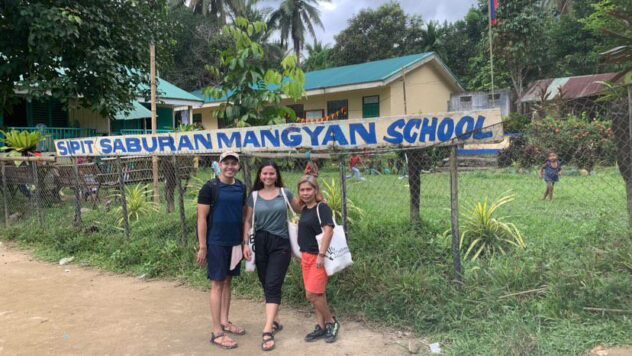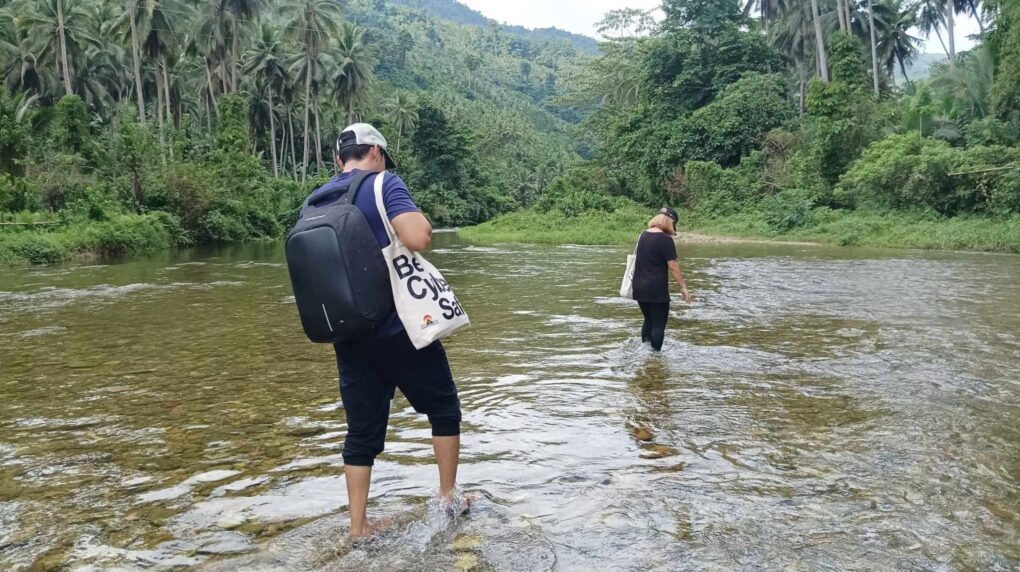Last week, I had the privilege of visiting two remote communities—Ambang and Sipit Sabaran—each facing unique challenges yet brimming with hope and potential. Joined by my dedicated colleagues, Kuya Daryl, Ate Hanna, and Ate Grasya, we ventured into the mountains, driven by Stairway’s mission and each of us bringing our own expertise and passion.
Ambang: Navigating Muddy Paths and Warm Welcomes
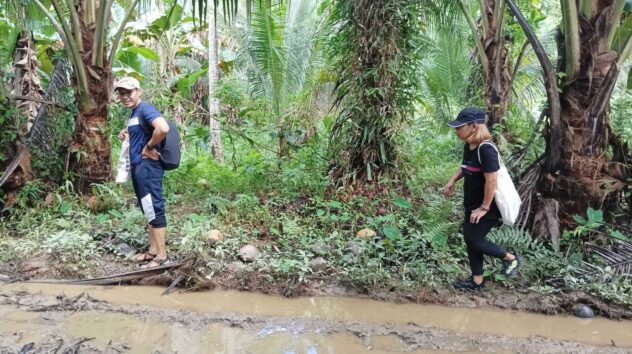
The journey to Ambang is always an adventure. Kuya Daryl, Ate Grasya, and I had been here before, but this time, the muddy trails made the trip even more challenging. We had five river crossings along the way, with one reaching up to my hips! Nature was in full force, with carabaos lounging by ponds and the lush, rain-soaked surroundings bringing a sense of freshness and renewal.
Livelihood Projects in Action
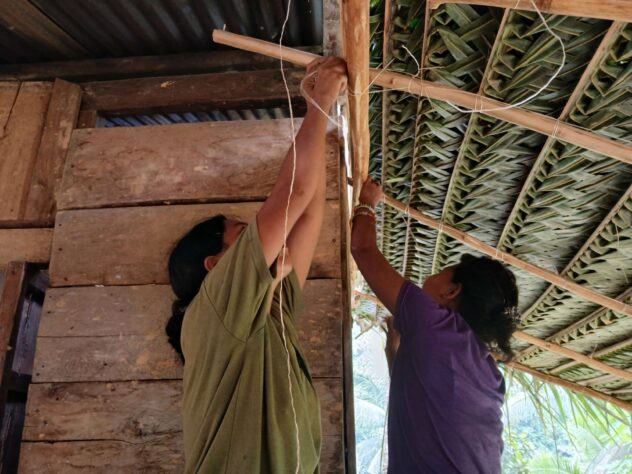
Once we arrived, the warmth of the community was unmistakable. The modest school was alive with energy. Teachers, who make the long trek back to their families only once a week, juggle multi-grade classes with unwavering dedication. Their pride in their work was contagious. This year, the school introduced a Grade 7 class with just one teacher handling all subjects—a remarkable feat. Outside, children bathed near the school gate before classes, a simple but touching reminder of the essential need for water access. Meanwhile, mothers gathered in the meeting area, weaving and building roofs, embodying the community’s tight-knit spirit. Here, Ate Grasya dedicates her evenings to helping students with their modules, working well into the night.
Sipit Sabaran: A Path Less Traveled
Our next stop, Sipit Sabaran, felt like entering a new world. This time, our group included Daryl and Hanna, who were there to check on the livelihood projects while I focused on evaluating the feasibility of including Sipit in the upcoming Youth for Change Camp for Danish students in January.
The trek to Sipit Sabaran took over two hours. The path was slippery, narrow, and isolated, with no mobile signal. There’s no drinkable water, which is naturally a significant challenge. The multi-grade school was holding intramurals during our visit, so we couldn’t observe the classrooms. However, we saw the community’s chickens, gardens, and newly created fishponds. They hope to be soon able to stock the fish pond with Tilapia as they await approval from the Bureau of Fisheries and Aquatic Resources. Over time, the fish pond could offer a sustainable food source for the community to supplement the garden produce.
Resilience in the Face of Adversity
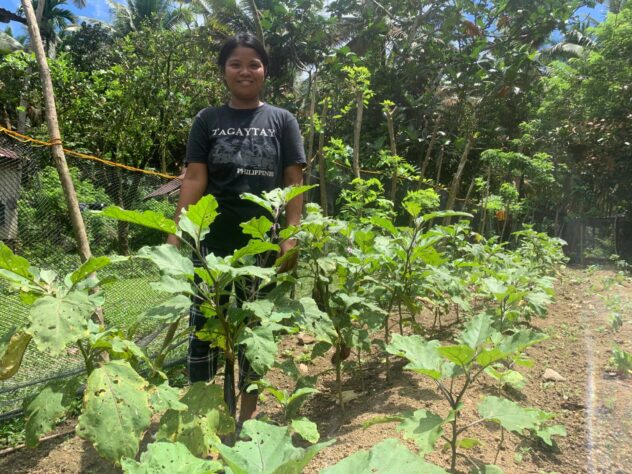
These visits to these very remote communities showcased resilience. Ambang, with its resourceful teachers and vibrant community, is moving forward despite its challenges. Sipit Saburan faces even greater obstacles—treacherous trails, a lack of potable water, and no mobile connectivity—yet there is a spirit of perseverance and determination.
A Shared Mission, A Brighter Tomorrow
Each visit reaffirms my belief in Stairway’s mission to build brighter futures in these communities. It’s not only about the projects but the connections we nurture. Every visit reveals a new story of resiliency, reminding me that while the journey may be difficult, the destination is always worth it. As a social worker with Stairway, I am honored to witness and contribute to this journey of transformation.
